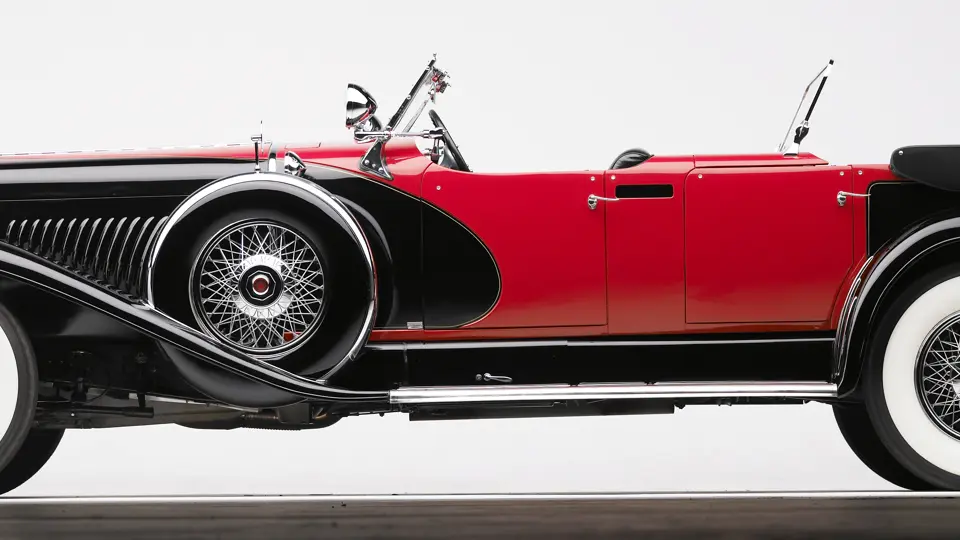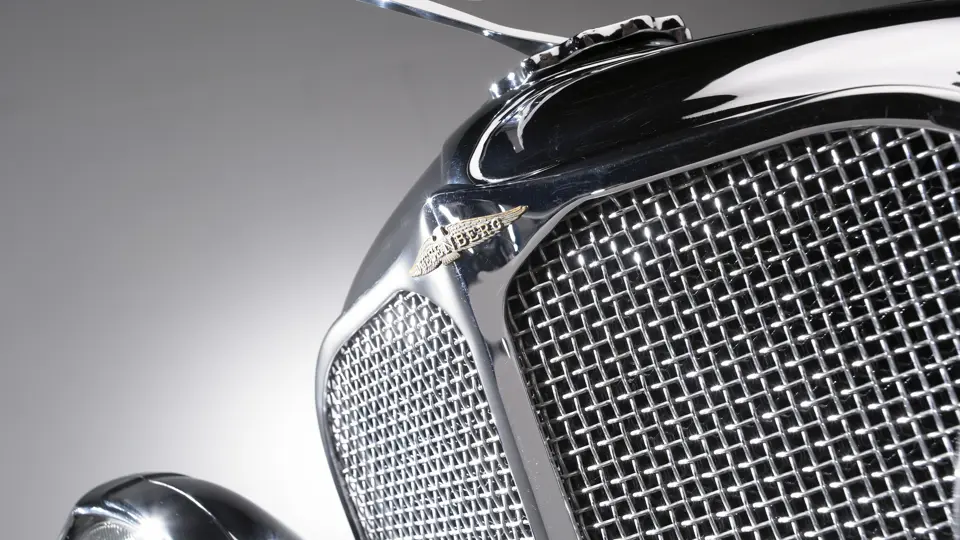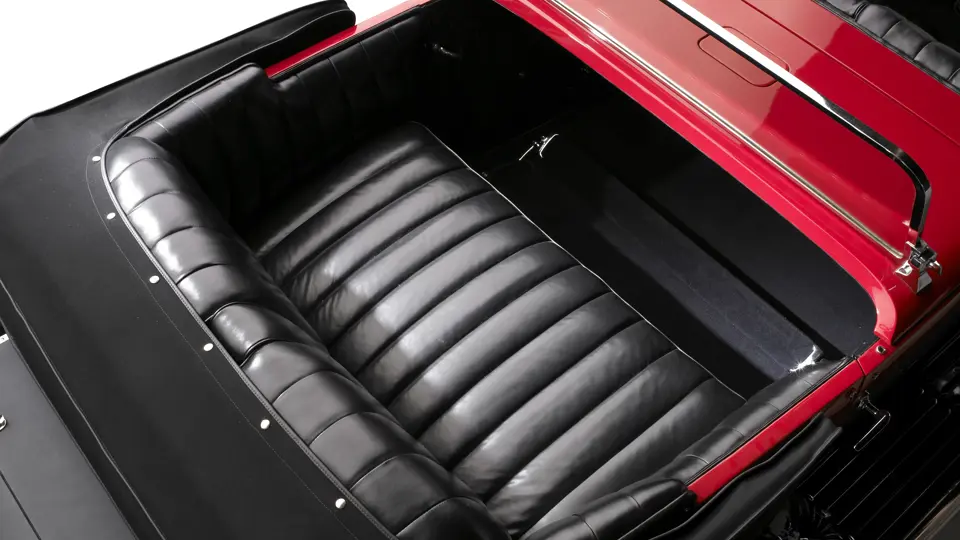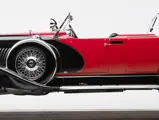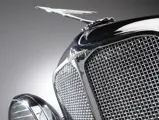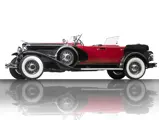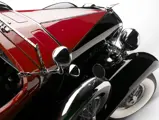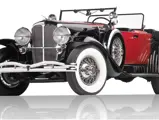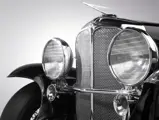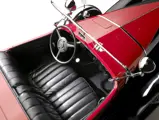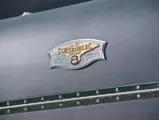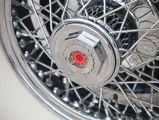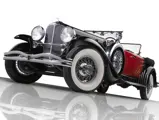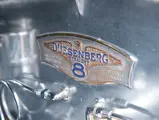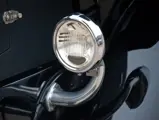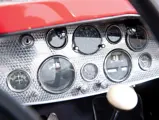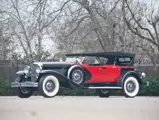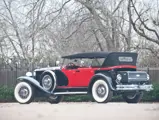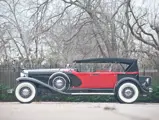265 bhp, 420 cu. in. DOHC inline eight-cylinder engine with four valves per cylinder, three-speed manual transmission, front beam axle and live rear axle with semi-elliptic leaf springs, and vacuum-assisted four-wheel hydraulic brakes. Wheelbase: 153.5"
• Offered from the Estate of John O’Quinn
• ACD certified with original LeBaron coachwork
• The only long-wheelbase example built
• The crowning achievement of the Classic Era
THE BROTHERS DUESENBERG AND THEIR MIGHTY MODEL J
While scores of superlative automobiles have graced the world since the dawn of the motor car, precious few have generated new words for our lexicon. Today, the Duesenberg Model J, affectionately nicknamed the “Duesey,” continues to represent anything truly great or grand, regardless of the chosen spelling. Bankrolled by E.L. Cord and designed from the outset to be the world’s finest car, the Model J debuted at the New York Auto Salon on December 1, 1928, where its launch dominated newspaper headlines and halted trading on the floor of the New York Stock Exchange. In short, from introduction to the present, the Model J marks the crowing achievement of the Classic Era.
While brothers Fred and Augie Duesenberg are remembered best for creating the immortal Model J, their reputations had already been forged and tested in the heat of competition. As a result, their highly advanced racing technology found its way into all their road cars, with specifications making competitors’ offerings dated in comparison and remaining surprisingly current even by today’s standards. In particular and most obvious, the Model J’s dual-overhead cam inline eight-cylinder engine, a visually impressive 420-cubic inch unit, developed 265 bhp in normally aspirated form and featured a free-breathing, four-valve cylinder head.
Despite the Model J’s massive proportions, with its short-wheelbase chassis measuring 142½ inches and the long one 153½ inches, extensive use of lightweight heat-treated aluminum parts and components provided significant weight savings and preserved the car’s commanding performance. Other remarkable Model J features included a fully automatic chassis-lubricating system that operated every 30 to 60 miles, Fred Duesenberg’s excellent two-shoe hydraulic drum brakes and complete instrumentation including a 150-mph speedometer, tachometer, altimeter, an eight-day clock with a split-second stopwatch hand and more.
Duesenberg ordered sufficient components to build 500 Model Js, while continuing development to ensure the model’s close approximation to automotive perfection. The first delivery came in May 1929, barely five months before Black Tuesday. Priced from $8,500 in 1929 and increased to $9,500 for 1931, the bare Model J chassis included the fenders, bumpers, Delco shock absorbers and six wire-spoke wheels, with two mounted in the front fender wells. The finest materials were used throughout, and fit and finish were performed to impeccable standards. Each chassis was tested at Indianapolis over 100 miles at high speed without bodywork, and once released it was cloaked with stunning open or closed bodywork by the world’s finest bespoke coachbuilders. Among them, many associate LeBaron’s dual cowl phaeton bodywork most closely with the mighty J, epitomized by the example offered here, the only such car built upon the long-wheelbase chassis.
J487/2336
The example offered here, J487/2336, was delivered new as J320/2336 to a Mr. J. Clarke Dean of Chicago, Illinois in 1930. As the only long-wheelbase version of the LeBaron sweep panel phaeton ever built, it was likely specially ordered by Mr. Dean, who it is believed was a successful Chicago broker as well as a golfer and member of Chicago’s Athletic and Racquet Clubs.
By 1948, the car was in the hands of a gas station owner in Grand Rapids, Michigan, at which point it was discovered that its original engine had been replaced by J487. Although J.L. Elbert, writing in Duesenberg, the Mightiest American Motor Car, describes this as an “engine from a sedan,” in fact there appear to be no other records of J487. The specific circumstances of this engine switch are not conclusively documented; ACD Club records seem to indicate it was carried out by John Troka of Chicago. Nevertheless, this engine has remained with the car for over 60 years—the vast majority of the car’s life. Up until the 1950s, the car remained in the Midwest, with owners in Michigan, before finding its way to West Virginia.
From West Virginia, the car made its way to Maryland, first into the ownership of T.J. (Tom) Blash, who owned drive-in theaters and was involved in chemical sales. Other businessmen owners included T.J. Cramblett and William Coverdale of Waynesville, Ohio, a director of Canada Steamship Lines, for $11,500, a most substantial figure for the time and one suggesting the car was in excellent condition.
In November of 1964, the car was acquired by Tony Pascucci of Meriden, Connecticut for $16,600. Mr. Pascucci would become a long-term owner, installing the crankshaft from J467 and keeping the car until March 1984. At some point in the late-1980s, the car was sold to William G. Lassiter, Jr. of West Palm Beach, Florida, who showed it at the Gilmore Duesenberg show in June 1987 and the Meadow Brook Concours d’Elegance. The Duesenberg’s subsequent list of owners is well known, culminating in the large collection of John O’Quinn, from whose estate it is offered.
Today, J487/2336 stands proudly as an exceptional example of the marque. It has a known and continuous history since new and has been maintained and cared for throughout. It has never been deteriorated and appears to have had only had one restoration—a high quality one at that. J487/2336 is not only a Category 1 certified car by the ACD Club, it is one of the most recognizable and original of all the LeBaron Dual Cowl Phaetons with its long-wheelbase chassis giving the car an elegant character while providing additional passenger space in the rear compartment. As the only long-wheelbase example ever built, J487/2336 will forever remain one of the most interesting, unusual and desirable Duesenberg Model Js in existence.




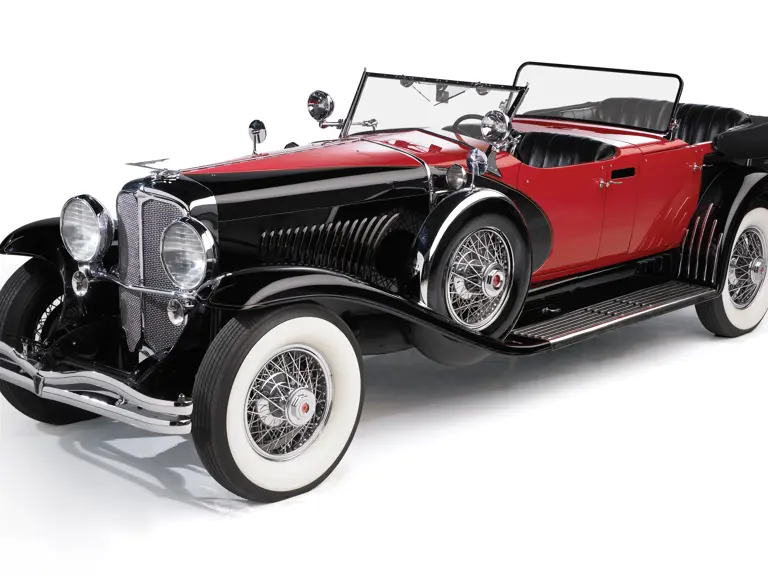

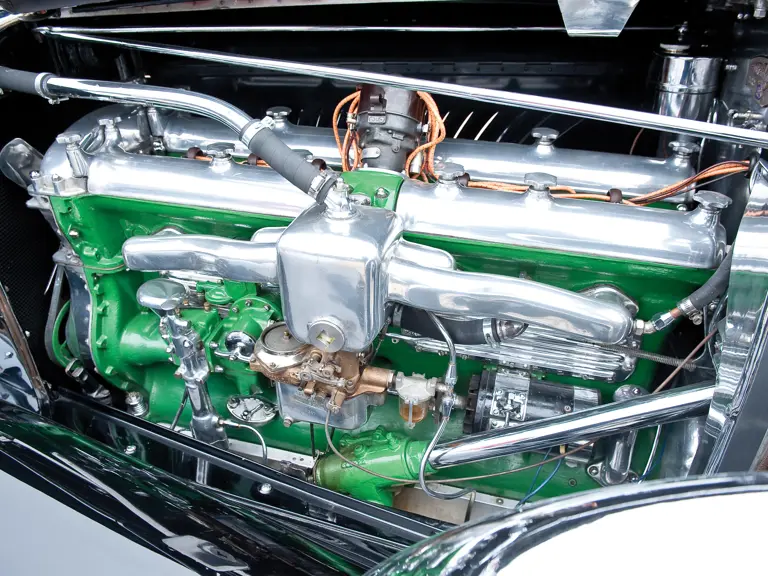

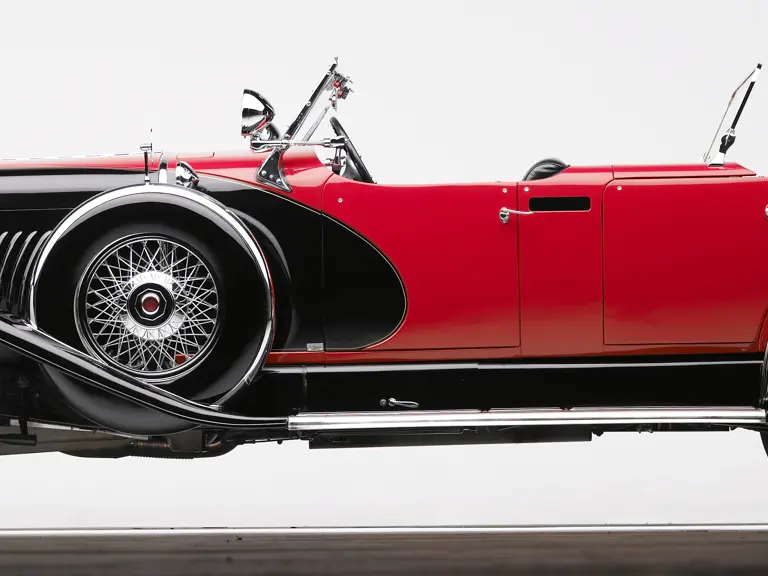
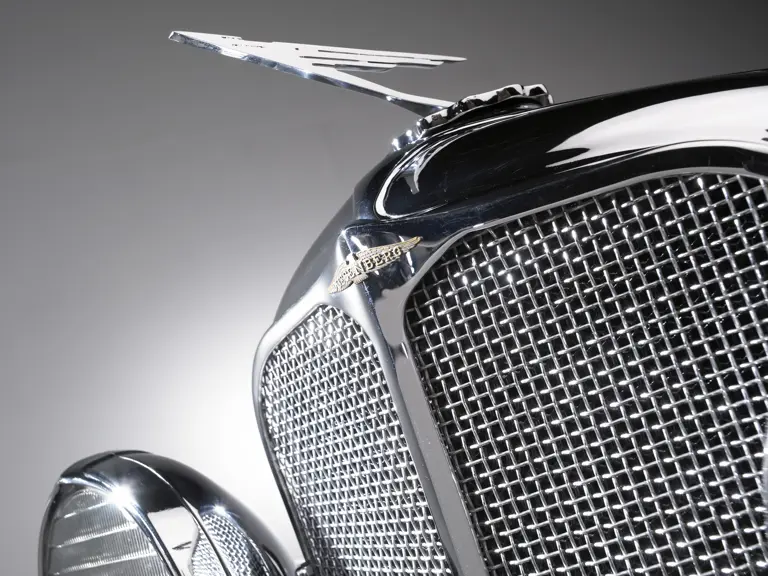
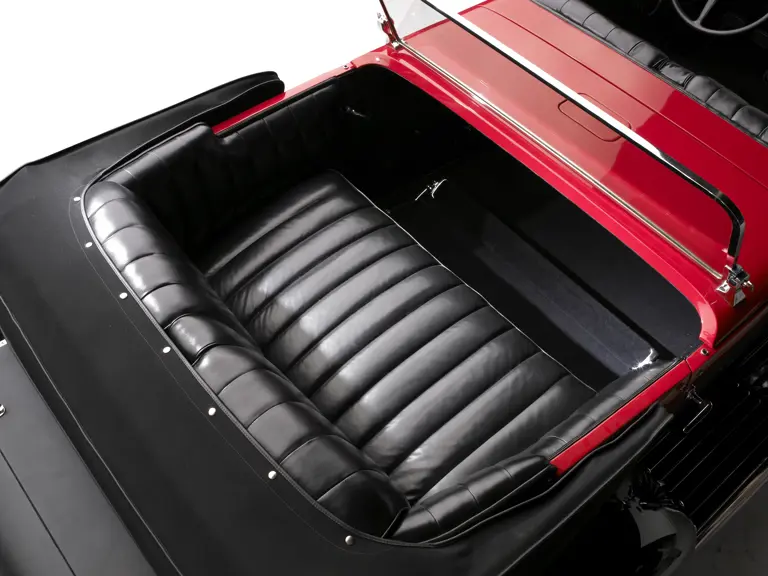
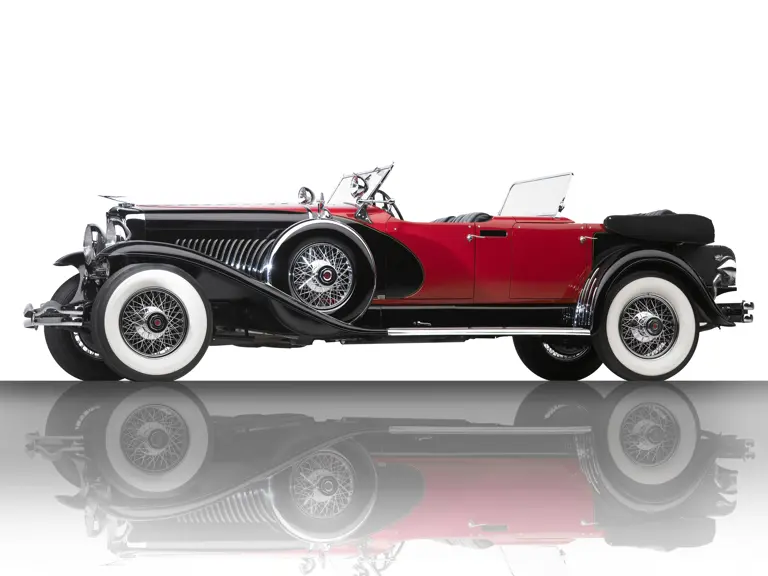
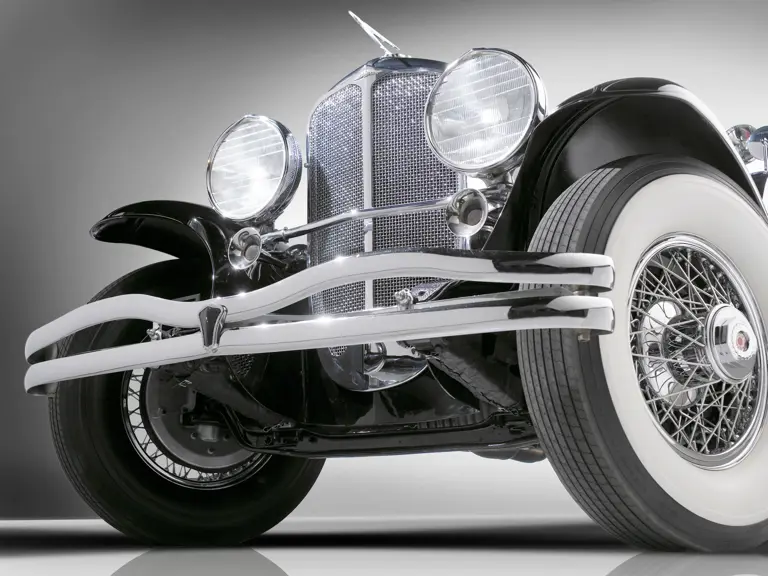
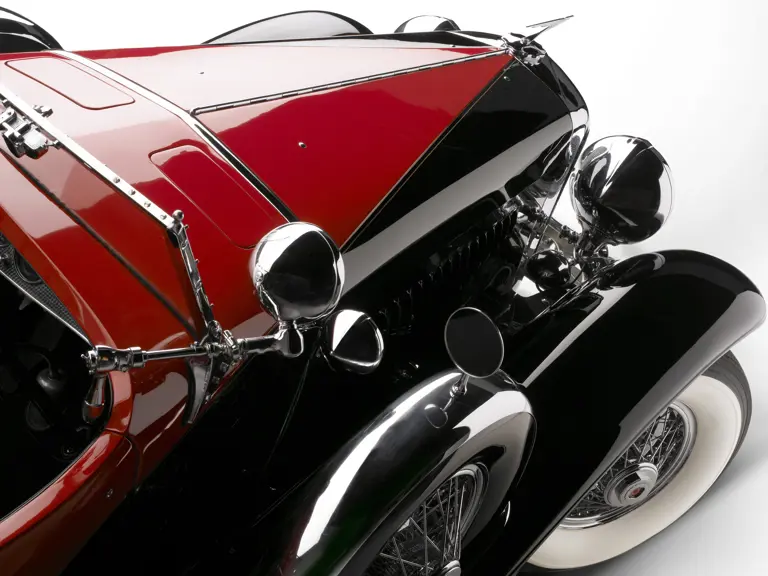
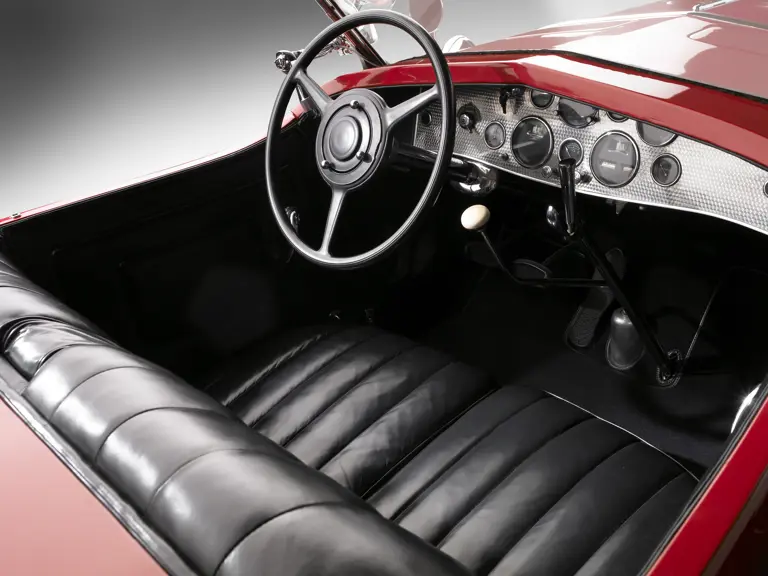
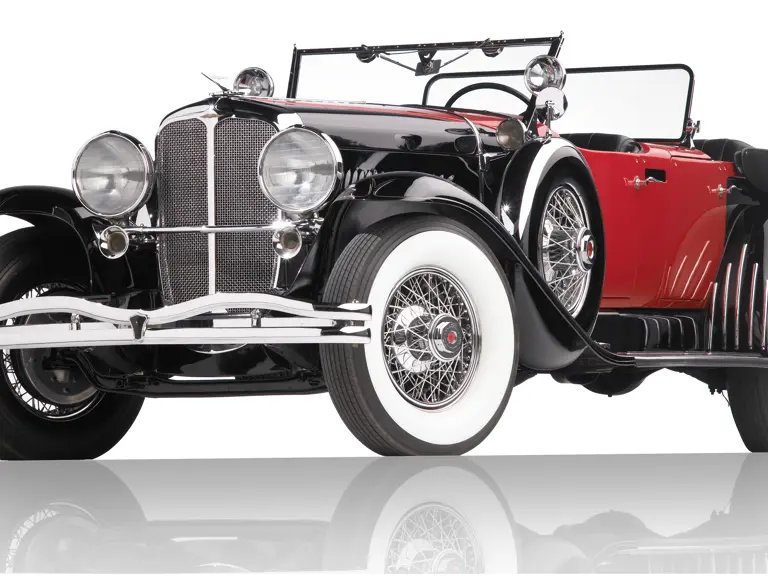
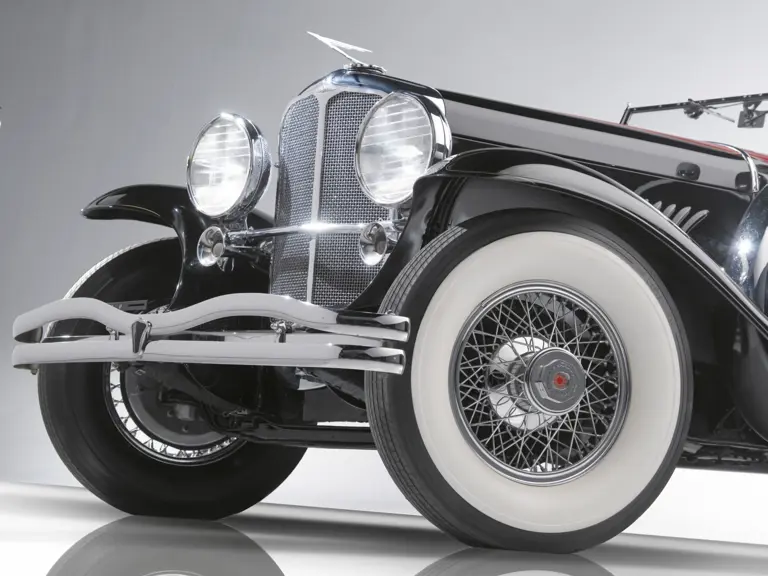
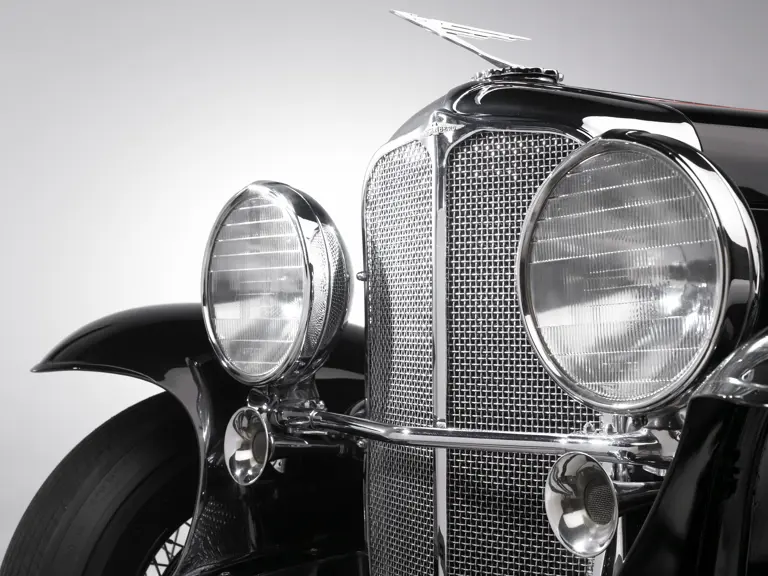
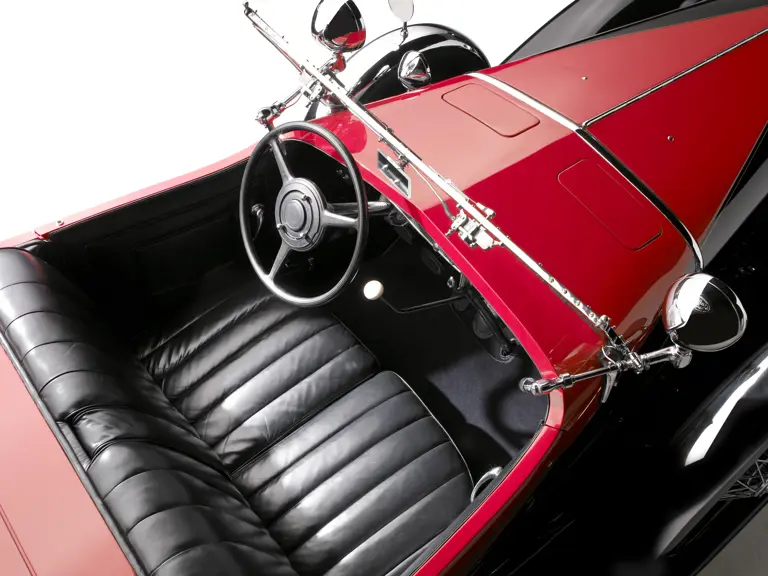
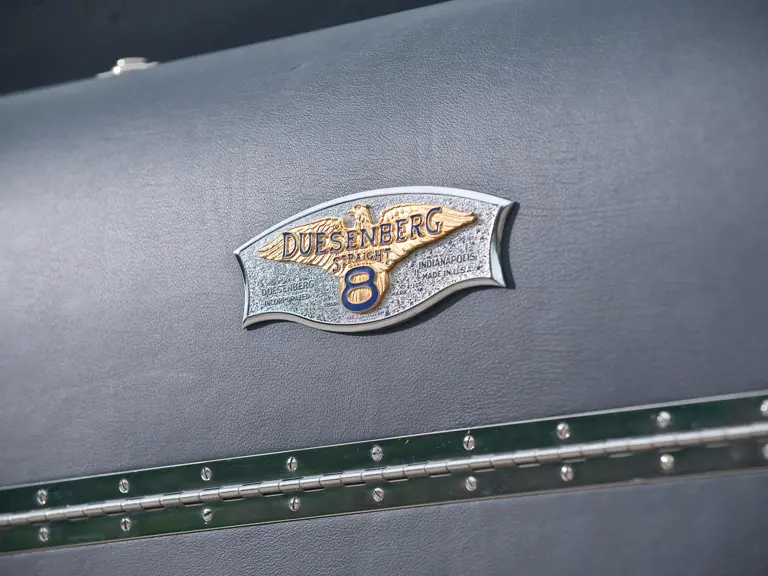
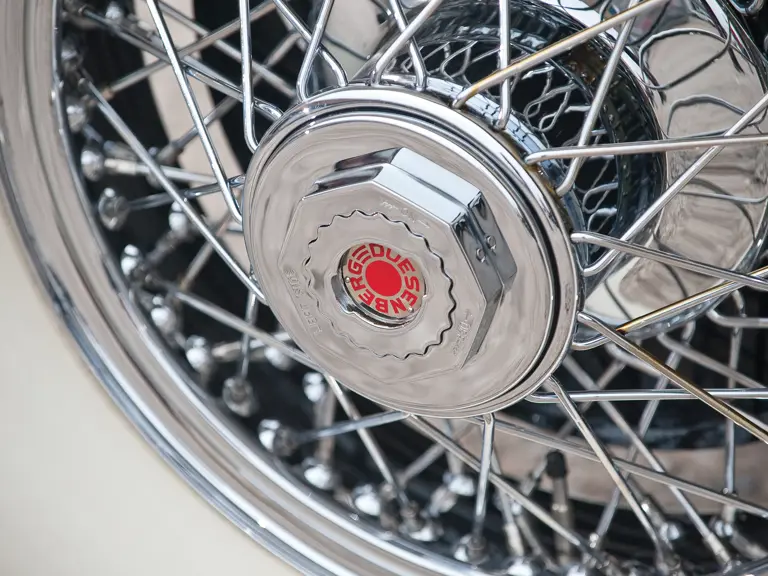

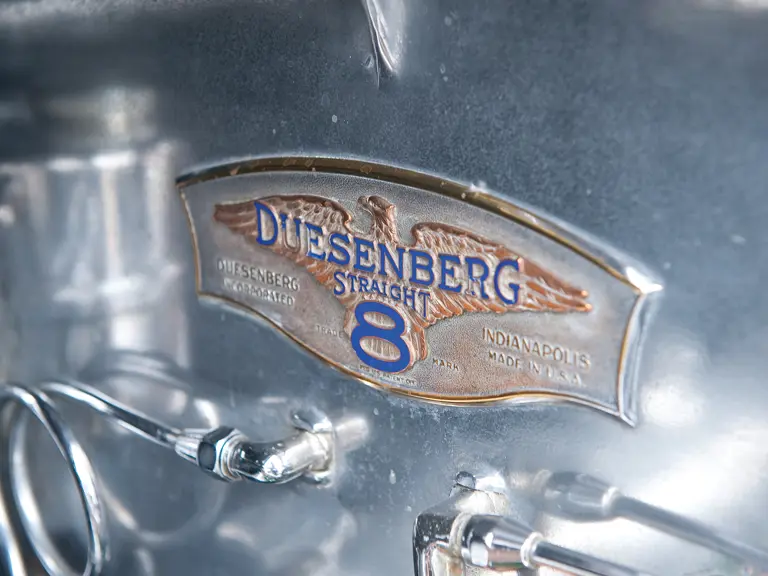

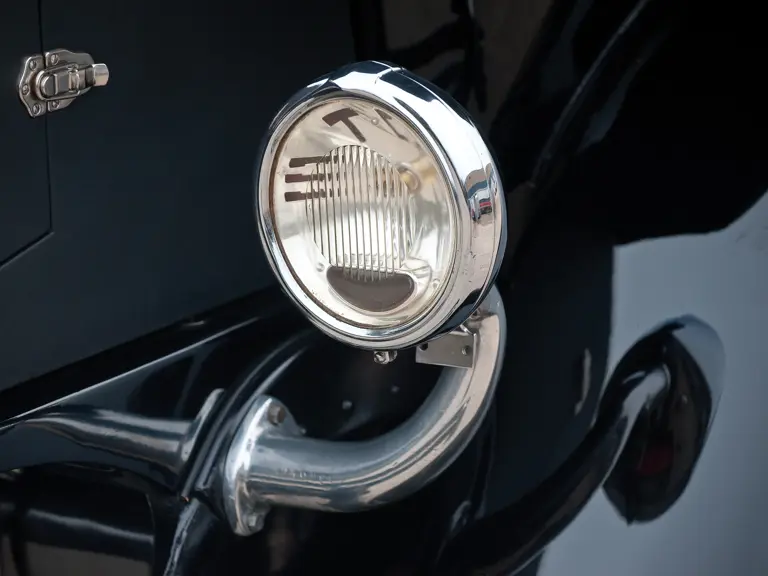
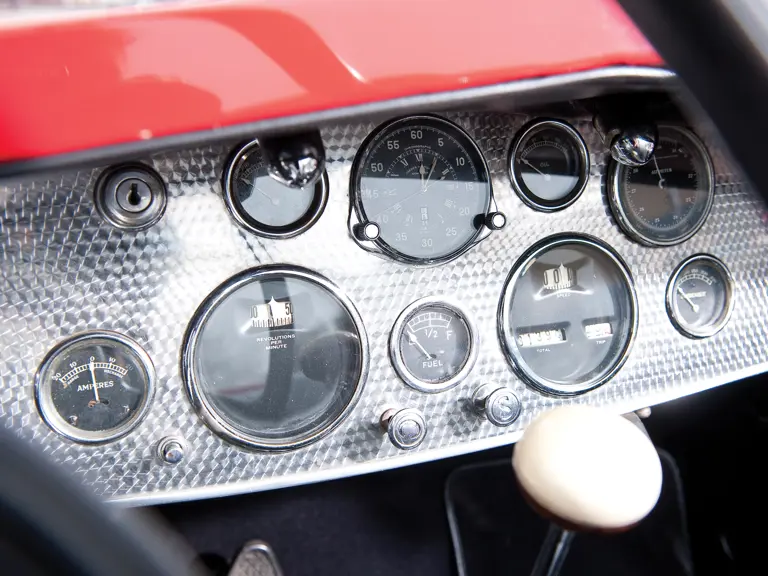
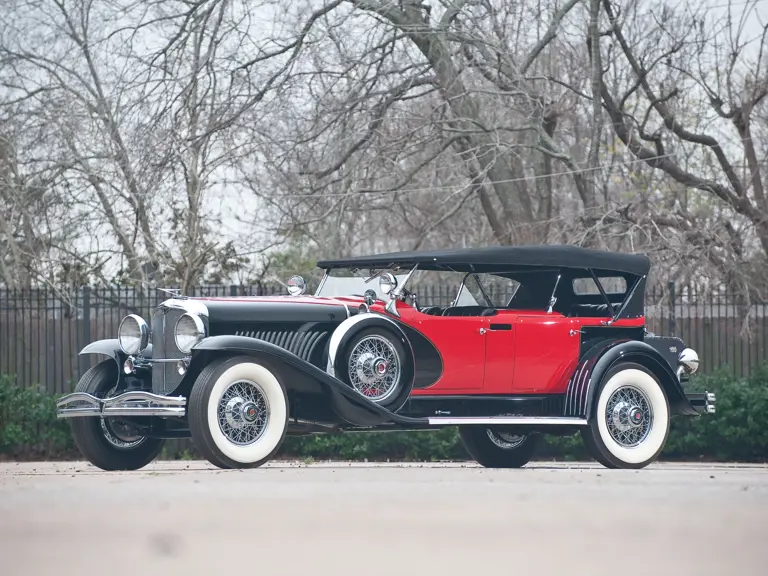

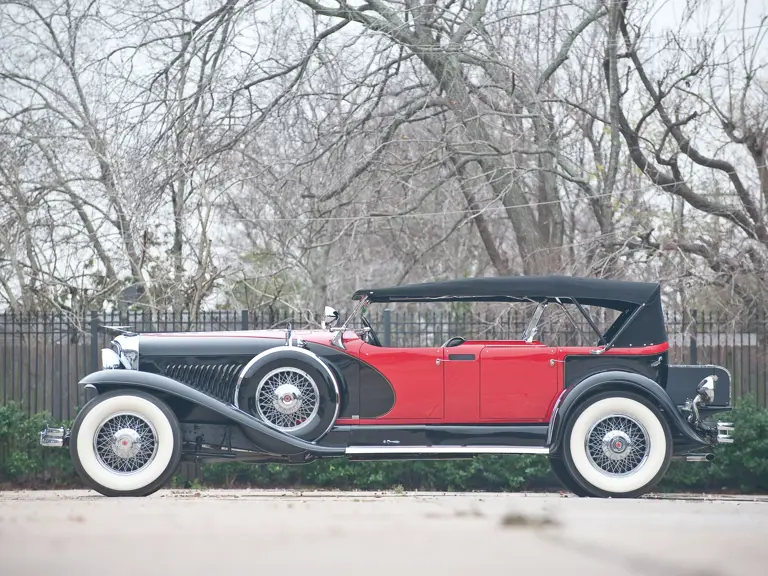
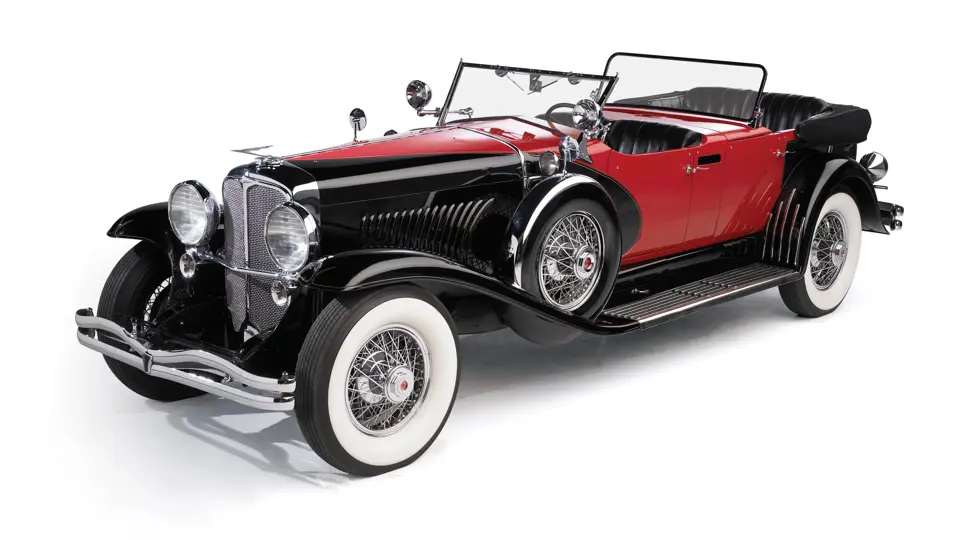
 | Phoenix, Arizona
| Phoenix, Arizona
